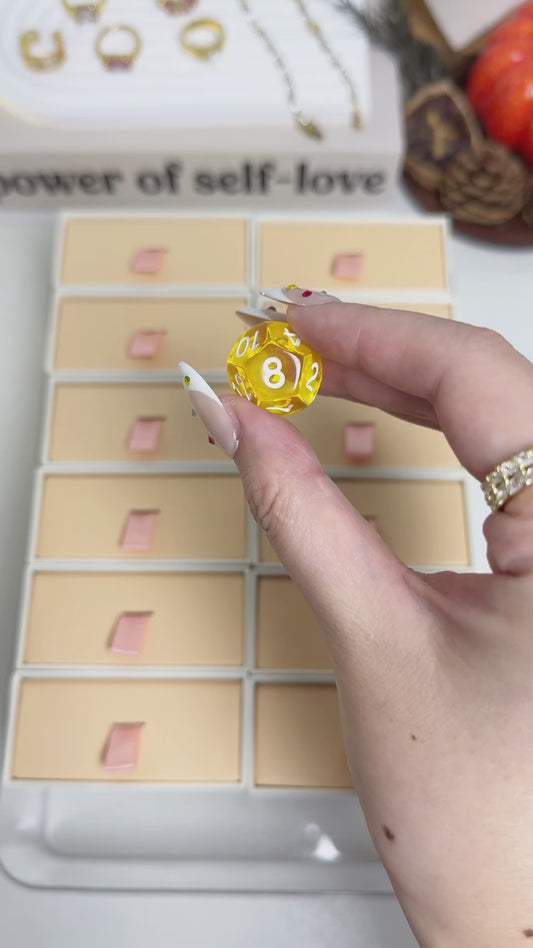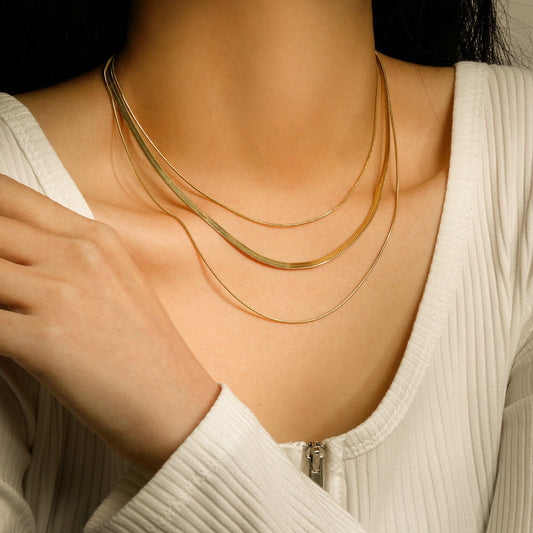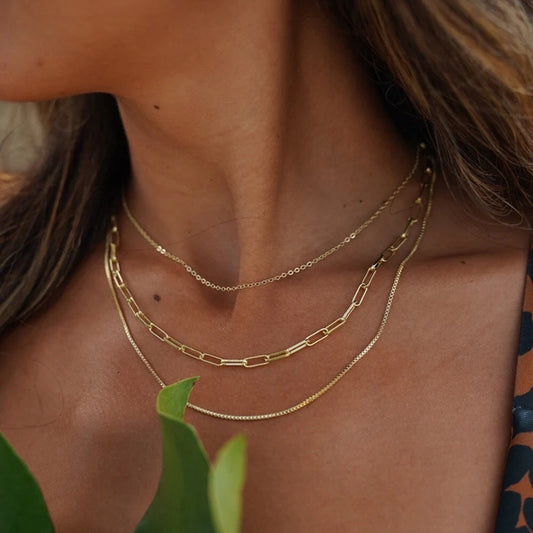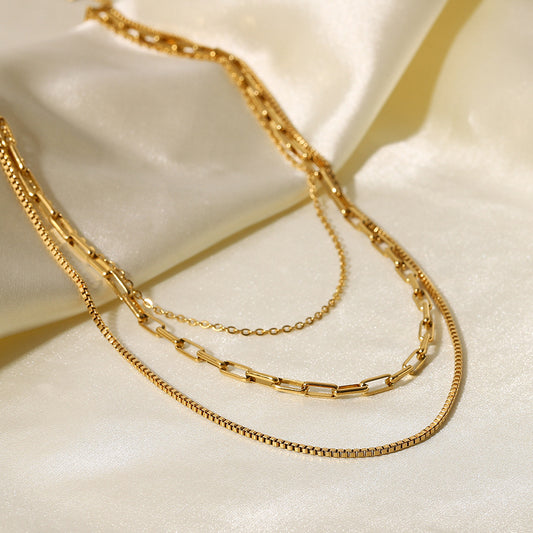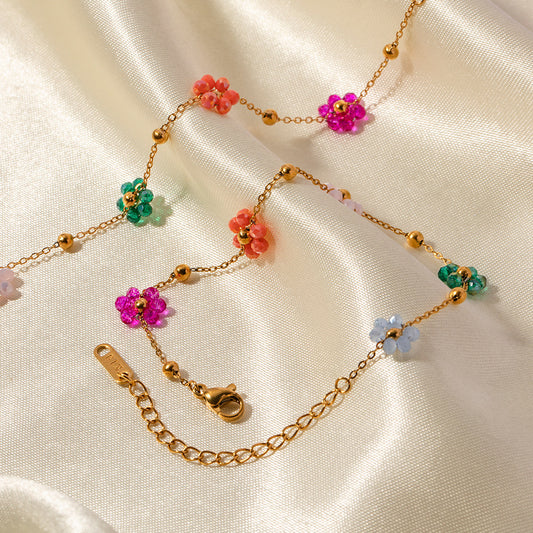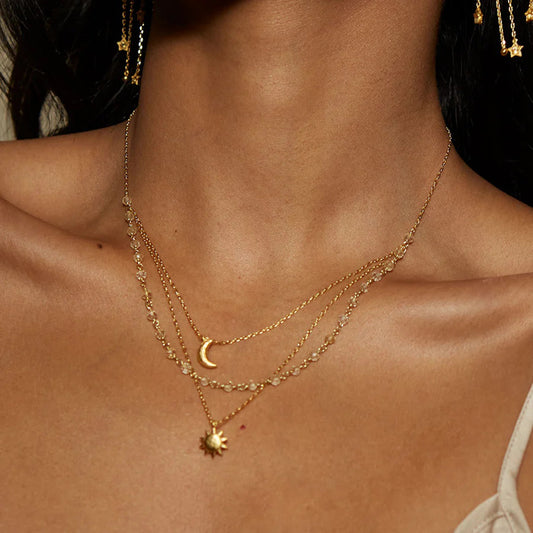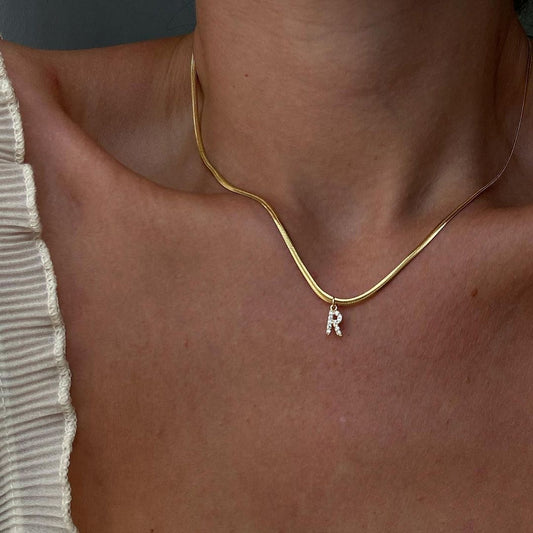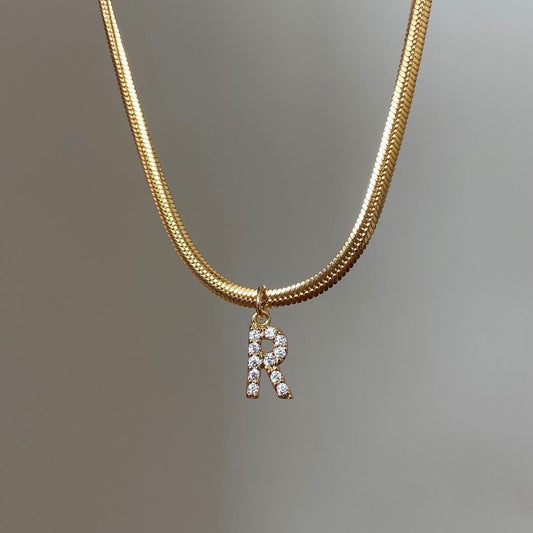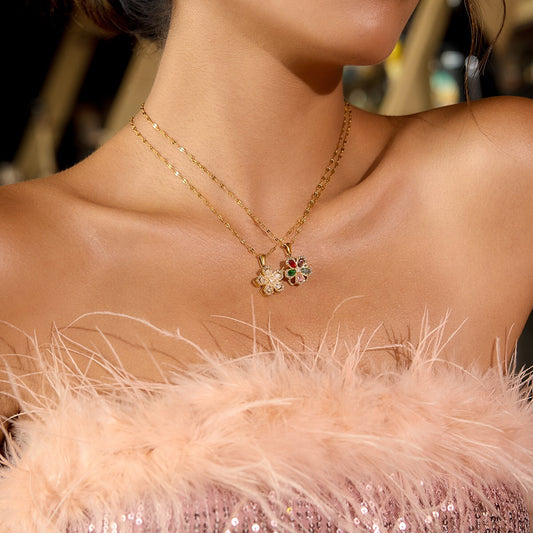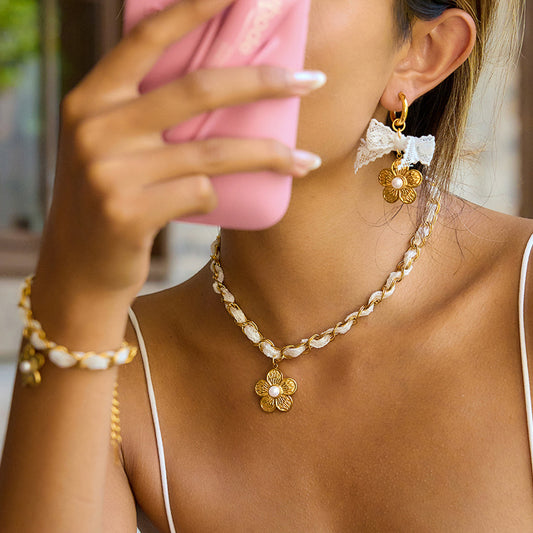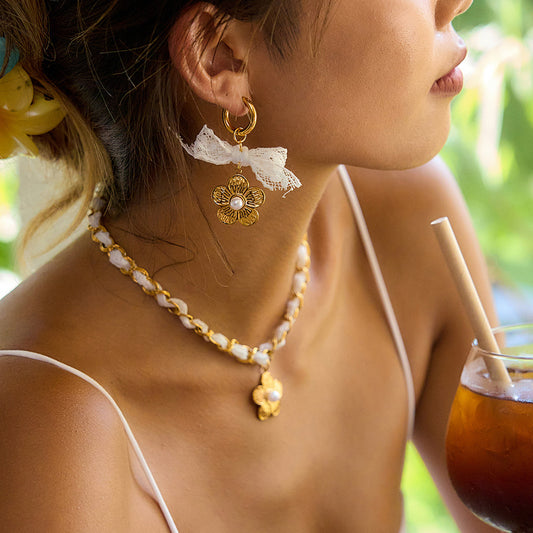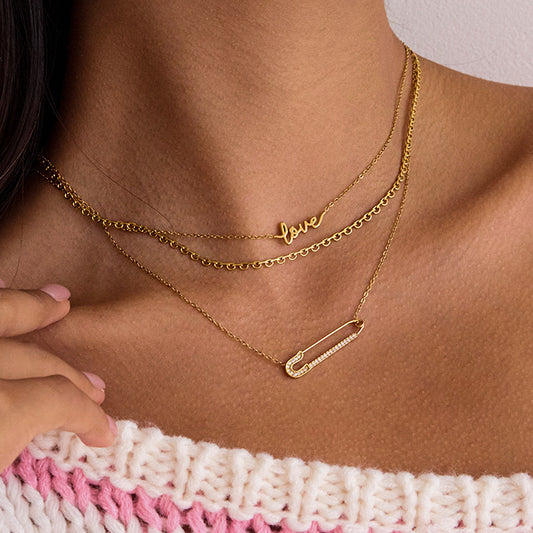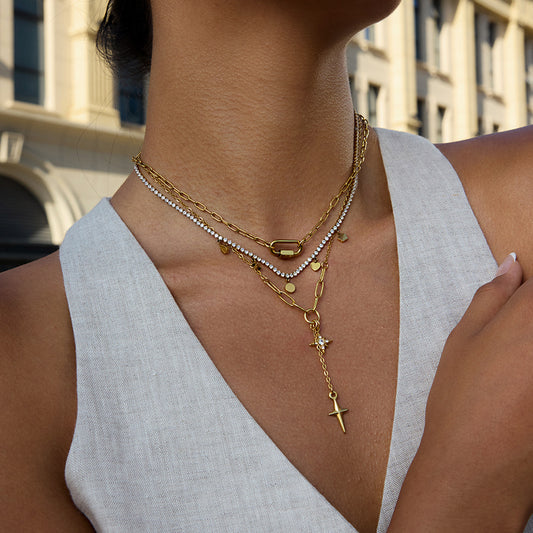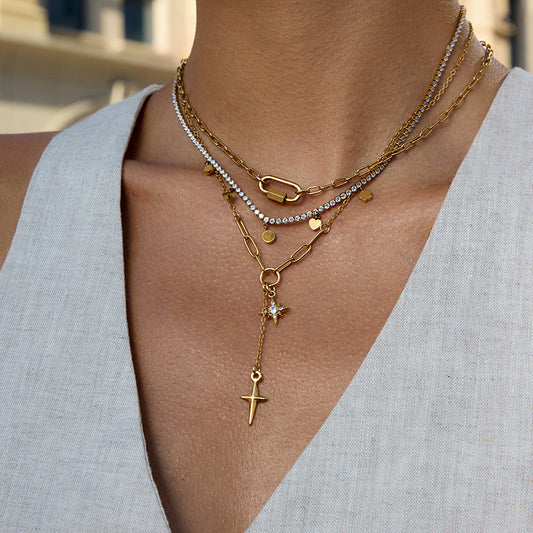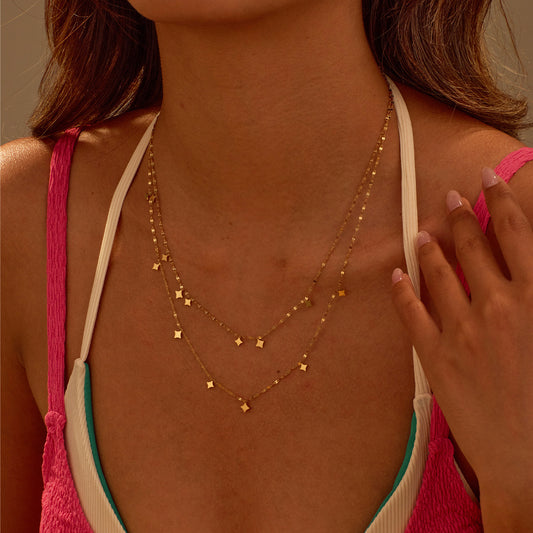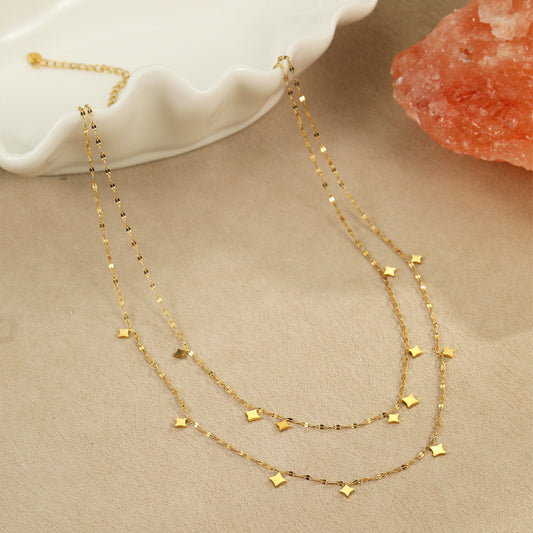Where do pearls come from? A question as timeless as the gems themselves—and for good reason. Pearls have captivated humans for over 4,000 years, adorning royalty, symbolizing purity, and gracing jewelry boxes worldwide. The global pearl jewelry market was valued at approximately $12.8 billion in 2021 and is projected to reach around $42 billion by 2031, with a compound annual growth rate (CAGR) of about 13.2%. According to the International Pearl Association, global pearl production reached 280 metric tons in 2023, with 95% of these pearls coming from cultured sources, while natural pearls remain extremely rare (less than 1% of the market). This stark contrast hints at the fascinating journey of pearls—from the depths of oceans and lakes to the necklaces and earrings we cherish. Understanding their origins isn’t just a lesson in nature and craftsmanship; it’s a way to appreciate the rarity, beauty, and effort that go into every pearl. Let’s dive into the world of pearls and answer the age-old question: where do pearls really come from?

The Basics: What Are Pearls, Anyway?
A Gem Unlike Any Other
Before we answer “where do pearls come from,” we need to define what makes a pearl unique. Unlike diamonds, rubies, or sapphires—which form in the Earth’s crust—pearls are organic gems produced by living creatures: mollusks, specifically oysters and mussels. They’re the only gemstone created by a living organism, and their formation is a natural defense mechanism. When an irritant (like a grain of sand, a parasite, or a piece of debris) enters the mollusk’s shell and lodges in its soft tissue, the mollusk responds by secreting a substance called nacre (pronounced “nay-ker”). Over time, layer upon layer of nacre coats the irritant, forming a pearl. This nacre is what gives pearls their iconic luster, iridescence, and smooth texture.
Natural vs. Cultured Pearls: Key Distinction
When exploring “where do pearls come from,” it’s critical to distinguish between natural and cultured pearls—two terms often confused but vastly different. Natural pearls form entirely by chance: an irritant enters the mollusk naturally, and the pearl grows without human intervention. These pearls are extraordinarily rare; once abundant in oceans, overfishing and habitat loss have made them a luxury few can afford. Cultured pearls, on the other hand, are created with human assistance. Pearl farmers carefully insert an irritant (usually a small bead or piece of tissue) into the mollusk, then place the mollusk back into its natural environment (oceans, lakes, or lagoons) to grow the pearl. The mollusk’s nacre-secreting process is identical to that of natural pearls, making cultured pearls chemically and visually indistinguishable from their natural counterparts—with the key difference being their origin story.

Where Do Natural Pearls Come From? The Rarity of Chance
Historical and Modern Sources of Natural Pearls
For most of history, natural pearls were the only type available, and their sources were tied to the world’s oceans and freshwater bodies. Ancient civilizations harvested natural pearls from the Persian Gulf (once the world’s premier source), the Red Sea, and the coastal waters of India and Sri Lanka. In the Americas, Native Americans collected freshwater natural pearls from the Mississippi River and its tributaries. Today, natural pearls are extremely scarce. Overharvesting in the 19th and early 20th centuries depleted wild mollusk populations, and modern environmental factors (pollution, climate change) have made their formation even less likely. When natural pearls are found today, they’re often discovered by accident—by fishermen or divers—and sell for tens of thousands of dollars at auction.
The Conditions for Natural Pearl Formation
Natural pearls don’t form just anywhere; they require specific conditions. The mollusk must be healthy and mature (usually 3–5 years old) to produce enough nacre. The water temperature must be stable (between 20–30°C for saltwater oysters), and the water must be clean and nutrient-rich to support the mollusk’s growth. Even with perfect conditions, the chance of a mollusk producing a high-quality natural pearl is less than 1 in 10,000. This combination of rarity and strict environmental requirements is why natural pearls are so valuable—and why the answer to “where do pearls come from” now mostly points to cultured sources.
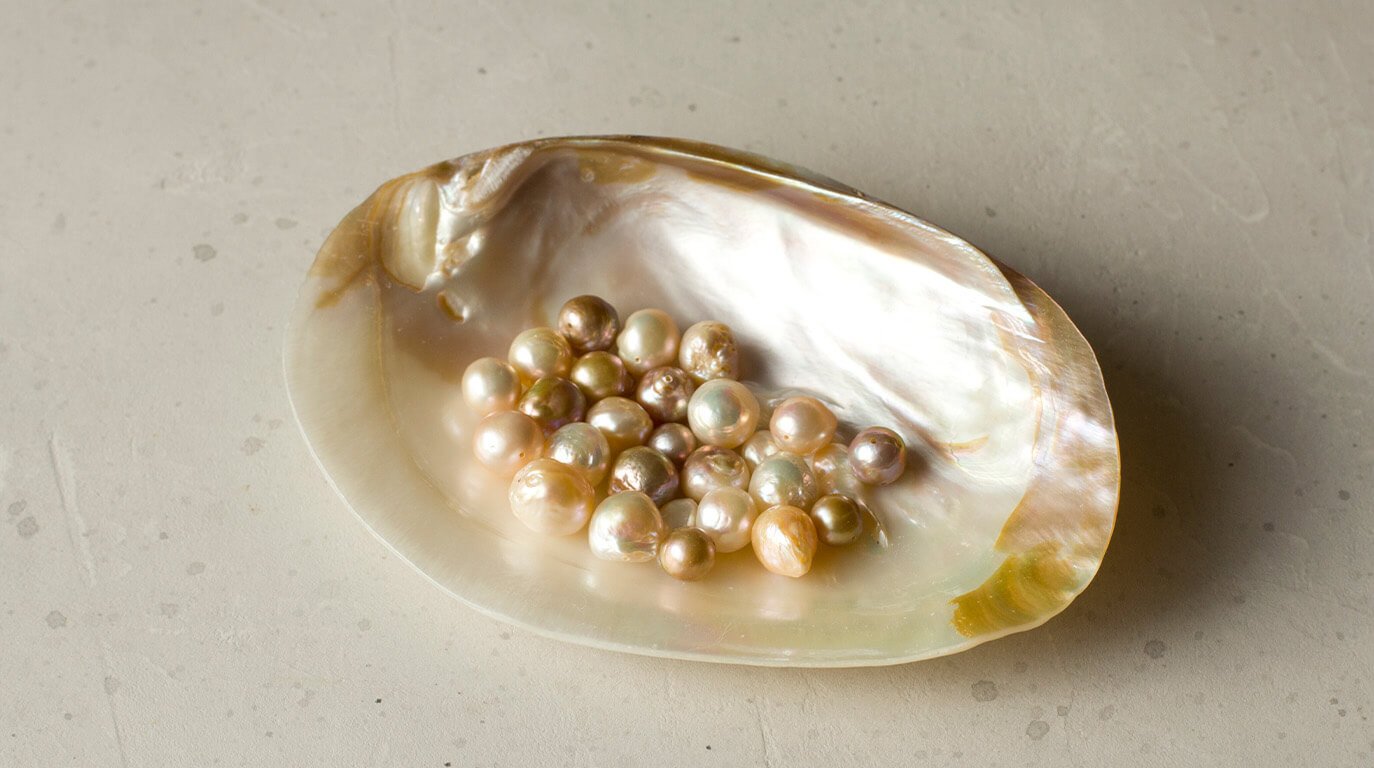
Where Do Cultured Pearls Come From? The World of Pearl Farming
Saltwater Cultured Pearls: Oceans and Lagoons
The majority of cultured pearls are saltwater pearls, and their origins are tied to specific coastal regions around the world. Each region produces pearls with unique characteristics, shaped by the local water chemistry, temperature, and mollusk species. Here are the key sources:
-
Akoya Pearls: Originating from Japan and China, Akoya pearls are grown in coastal lagoons. The cold, clean waters of the Mikimoto region in Japan produce some of the most sought-after Akoya pearls—small (6–8mm), round, and with a bright, mirror-like luster.
-
Tahitian Pearls: As the name suggests, these pearls come from French Polynesia (Tahiti, Bora Bora, and the Cook Islands). They’re grown in black-lipped oysters and are known for their dark, exotic colors (black, gray, peacock, and purple). The warm, nutrient-rich waters of the South Pacific give them their unique hue and large size (8–14mm).
-
South Sea Pearls: Harvested from Australia, Indonesia, and the Philippines, South Sea pearls are the largest and most luxurious cultured pearls (10–16mm). They’re grown in white-lipped or silver-lipped oysters, and their color ranges from creamy white to silver, with a soft, satiny luster. The remote, unpolluted waters of the Australian coast are particularly famous for producing high-quality South Sea pearls.

Freshwater Cultured Pearls: Lakes and Rivers
Freshwater cultured pearls answer “where do pearls come from” for those seeking more affordable, versatile options. Unlike saltwater pearls, which are grown in oysters, freshwater pearls are produced by mussels in lakes, rivers, and ponds. The leading source of freshwater pearls is China, which accounts for over 95% of global freshwater pearl production. Regions like Zhejiang and Jiangsu provinces have vast pearl farms, where mussels are raised in man-made ponds with controlled water conditions.
Freshwater pearls come in a wide range of shapes (round, oval, baroque) and colors (white, pink, lavender, peach), thanks to the variety of mussel species and water chemistry. They’re often smaller than saltwater pearls (4–10mm) but are more durable and affordable, making them a popular choice for everyday jewelry. In recent years, advances in pearl farming techniques have allowed Chinese farmers to produce round freshwater pearls that rival the quality of Akoya pearls—expanding the possibilities for pearl lovers.

The Pearl Farming Process: How Cultured Pearls Are Grown
Step 1: Selecting and Preparing Mollusks
Pearl farming begins with selecting healthy, young mollusks (oysters for saltwater, mussels for freshwater). Farmers collect larvae from wild mollusks or breed them in hatcheries to ensure genetic diversity and health. The mollusks are raised in nursery tanks for 1–2 years until they reach maturity (about 3–5 years old), at which point they’re ready for “seeding”—the process of inserting the irritant that triggers pearl formation.
Step 2: Seeding the Mollusk
Seeding is a delicate, skilled process that determines the quality of the final pearl. For saltwater pearls, farmers insert a small, round bead (usually made from mother-of-pearl) and a piece of tissue from a donor mollusk into the oyster’s mantle (the soft tissue that lines the shell). The tissue triggers the oyster’s immune response, and it begins secreting nacre around the bead. For freshwater pearls, farmers typically insert only a piece of tissue (no bead), which results in pearls made entirely of nacre—giving them a more uniform luster.
Step 3: Growing the Pearl
After seeding, the mollusks are placed in mesh bags or cages and returned to their natural environment (oceans, lakes, or ponds). Farmers monitor the water quality, temperature, and food supply to ensure the mollusks thrive. The pearl grows as the mollusk secretes layer upon layer of nacre—this process takes 6 months to 3 years, depending on the type of pearl. Saltwater pearls (like South Sea or Tahitian) take longer to grow (18–36 months) because they’re larger, while freshwater pearls mature faster (6–12 months).
Step 4: Harvesting and Sorting
When the pearls are fully grown, farmers harvest the mollusks and carefully extract the pearls. Not every mollusk produces a high-quality pearl—some may be misshapen, discolored, or too small. Farmers sort the pearls by size, shape, color, luster, and surface quality (the fewer blemishes, the more valuable). Only about 10–15% of harvested pearls meet the standards for fine jewelry, while the rest are used for crafts or lower-end accessories.
Myths vs. Facts: Common Misconceptions About Where Pearls Come From
Myth: Pearls Come From Sand
One of the most persistent myths about where pearls come from is that they’re formed from grains of sand. While sand can occasionally be the irritant that triggers pearl formation, it’s far from the most common. In natural pearls, the irritant is more likely to be a parasite or a piece of organic debris. In cultured pearls, farmers use man-made beads or tissue—never sand. The sand myth likely originated from early observations of pearls, but it’s not an accurate description of their origin.
Myth: All Pearls Are White
Another misconception is that pearls are always white. In reality, pearls come in a rainbow of colors, depending on their origin. Tahitian pearls are dark (black, gray, peacock), South Sea pearls range from white to silver to golden, and freshwater pearls can be pink, lavender, peach, or even purple. The color is determined by the mollusk’s species, the water chemistry, and the thickness of the nacre layers. A pearl’s color is one of the key factors that make it unique—and a testament to its diverse origins.
Myth: Cultured Pearls Are “Fake”
Many people assume that because cultured pearls are human-assisted, they’re “fake” or less valuable than natural pearls. This couldn’t be further from the truth. Cultured pearls are real pearls—they’re formed by the same nacre-secreting process as natural pearls, and they have the same chemical composition. The only difference is that the irritant is inserted by humans instead of occurring naturally. Natural pearls are rare, but cultured pearls offer the same beauty and quality at a more accessible price—making them a legitimate and beloved option for jewelry.
Why Knowing Where Pearls Come From Matters
Appreciating Rarity and Craftsmanship
Understanding where pearls come from helps you appreciate their value—both monetary and emotional. Natural pearls are rare because they’re the product of chance and perfect environmental conditions. Cultured pearls are a testament to human craftsmanship and respect for nature—farmers work in harmony with mollusks to create beautiful gems without depleting wild populations. Knowing the journey of a pearl—from a tiny irritant to a lustrous gem—adds depth to the piece and makes it more meaningful to wear.
Making Informed Purchases
When buying pearl jewelry, knowing where pearls come from helps you make informed decisions. For example, if you’re looking for a large, luxurious pearl, you might opt for a South Sea pearl from Australia. If you want a colorful, affordable option, a freshwater pearl from China could be perfect. Understanding the difference between saltwater and freshwater pearls, and their respective origins, allows you to choose a piece that fits your budget, style, and values.
Supporting Sustainable Practices
Finally, knowing where pearls come from helps you support sustainable pearl farming. Responsible pearl farms prioritize the health of mollusks and the environment—they use non-toxic methods, avoid overcrowding, and protect wild habitats. By choosing pearls from sustainable sources (look for certifications from organizations like the Responsible Jewellery Council), you’re supporting an industry that values both nature and craftsmanship. This makes your pearl jewelry not just beautiful, but also ethical.
Where Do Pearls Come From? The Final Answer
So, where do pearls come from? They come from the depths of oceans, lakes, and rivers—produced by mollusks (oysters and mussels) in response to an irritant. Natural pearls are rare, formed by chance in wild mollusks. Cultured pearls, the most common type today, are grown with human assistance in pearl farms around the world—from the coastal lagoons of Japan to the freshwater ponds of China, the remote waters of Australia, and the exotic islands of French Polynesia. Every pearl has a unique origin story, shaped by nature and (in the case of cultured pearls) human care. Whether you’re wearing a strand of freshwater pearls or a single Tahitian pearl pendant, knowing where it came from adds to its beauty and meaning. Ready to explore pearls from around the world? Browse our curated collection of ethically sourced pearl jewelry today, and find a piece that tells your own story—rooted in the timeless beauty of these extraordinary gems.




